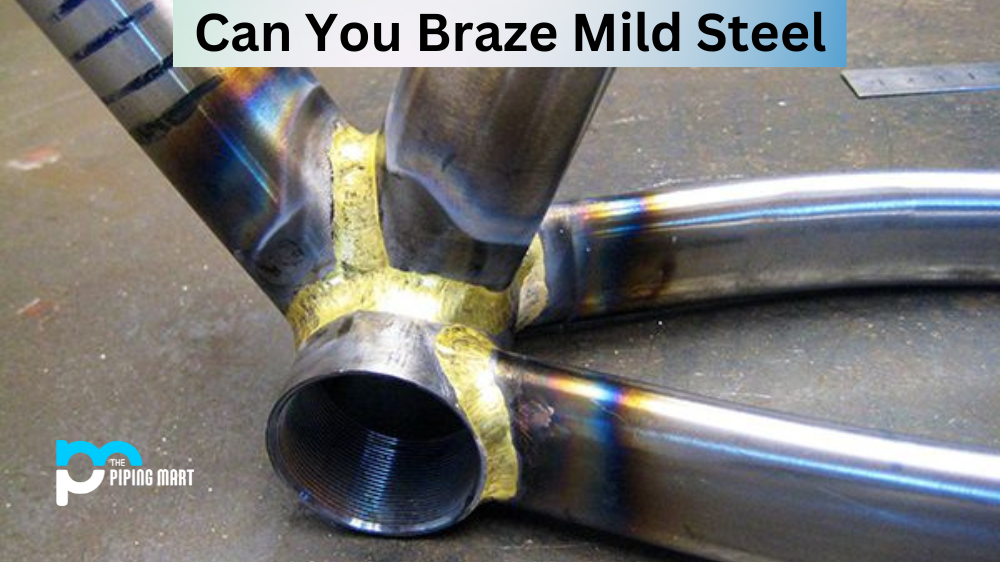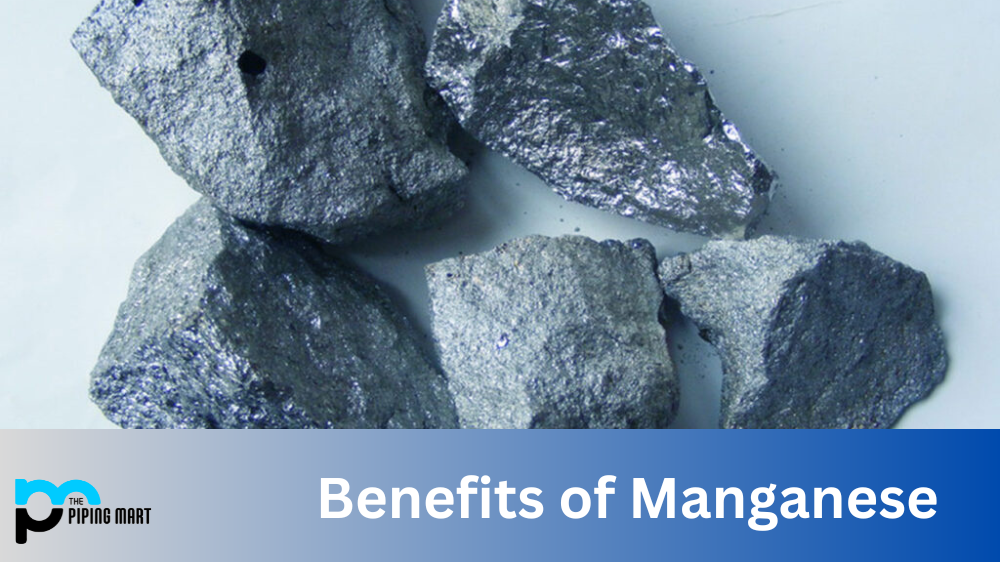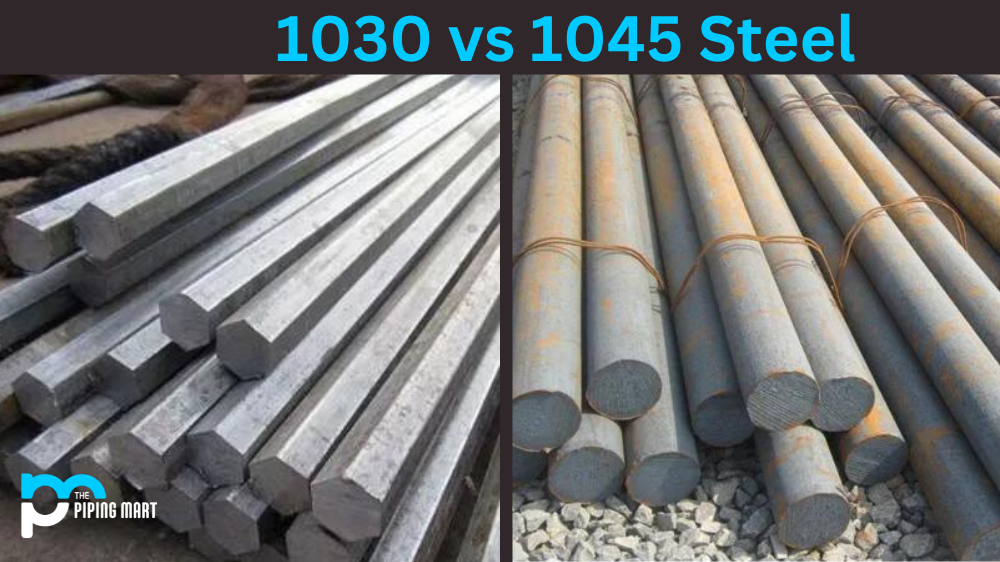If you’re looking for a strong and reliable way to join two pieces of metal together, brazing is an excellent option. It’s a method of joining two pieces of metal or other materials through the use of a heated filler material. In this article, we’ll take an in-depth look at whether or not you can braze mild steel and what you need to know before getting started.
What Is Brazing?
Brazing is a joining process that uses heat and filler alloy to form a bond between two base metals. It’s similar to welding but requires lower temperatures than welding does. That means it’s easier on the base metals because it doesn’t require melting them completely. Instead, the heated filler alloy melts and flows into the joint area, forming an extremely strong metallurgical bond between the base metals without distorting them from high temperatures.
Can You Braze Mild Steel?
The short answer is yes! Mild steel is one of the most common materials that brazing can be used on. When brazing mild steel, there are several things that you should keep in mind in order to get good results. First, make sure your base metal is clean and free from dirt, oil, and paint before beginning the process. Second, you should use flux when brazing mild steel – this will help ensure that your joints are properly sealed against future corrosion or damage due to oxidation. Finally, make sure your filler material has a melting point lower than the base materials being joined so that it won’t cause distortion during heating.
Using the Right Filler Material
When brazing mild steel, it’s important to use the right filler material for the best results. Generally speaking, copper-based alloys such as silver solder or nickel-silver are recommended for mild brazing steel since they are capable of providing strength without causing too much distortion during heating-up and cooling-down cycles. Silver solder alloys, in particular, provide superior corrosion resistance due to their higher silver content compared to other copper-based alloys; however, nickel-silver alloys may be needed if strength or wear resistance needs to be improved further than silver solder alone can provide.
Conclusion:
In conclusion, it is possible to braze mild steel using various types of filler material and techniques depending on your specific application requirements. Keep in mind that prepping your base metal properly prior to starting your project is essential for ensuring good results with any type of welding or brazing process; always make sure that both surfaces being joined are clean and free from dirt or debris before heating them up with your torch! With these tips in mind, you’ll be able to successfully braze your mild steel project with confidence!

Pipingmart is a B2B portal that specializes in metal, industrial and piping items. Additionally, we share the latest information and information about materials, products and various types of grades to assist businesses that are involved in this business.




